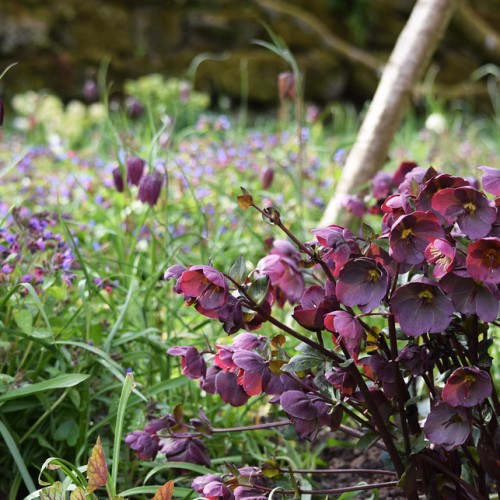
hellebore
Helleborus hybridus (Ballard's Group)
Cycle:
Herbaceous Perennial
Watering:
Average
Hardiness Zone:
4 - 9
Flowers:
Flowers
Sun:
Part shade,full shade
Leaf:
Yes
Growth Rate:
Low
Maintenance:
Low
Drought Tolerant:
Yes
Salt Tolerant:
Yes
Care Level:
Medium
watering
Hellebore needs regular water to thrive. During its growing season, which runs from spring to autumn, it should be watered about once a week. To check if your hellebore needs water, stick a finger into the soil and if it feels dry, it needs to be watered. In the winter, it doesn't require as much water and can be watered less often - every few weeks. Make sure to never let the soil get soggy as this could lead to root rot. Hellebore also enjoys humidity, so misting the plant periodically will be beneficial.
sunlight
Hellebore plants prefer bright indirect light with a minimum of 3 hours of direct sunlight each day. If you are growing hellebore in full sun, you should make sure that it is in a place that gets afternoon shade to protect it from hot afternoon sun. Moreover, the plant will benefit from having its root zone shaded with mulch or other ground cover. When planted in full sun, hellebore may need more frequent watering. In general, these plants thrive in morning sun, and if planted in shady spots, they tend to die out and not flower as well.
pruning
Hellebore (Helleborus hybridus (Ballard's Group)) should be pruned early in the season immediately after flowering. Prune any dead, damaged, or abscised foliage back to healthy wood, and thin out overly congested growth. Prune back any existing foliage to roughly 1-third of its original length. This will encourage the plant to produce new, healthier growth and blooms. Also, remove any flower stems that have already bloomed as this will reduce the plant's overall vigor. If the plant is in a shadier location, light pruning may be beneficial to help open up any congested stems. Pruning should be kept to a minimum, as too much pruning can be detrimental to the health of the plant.
